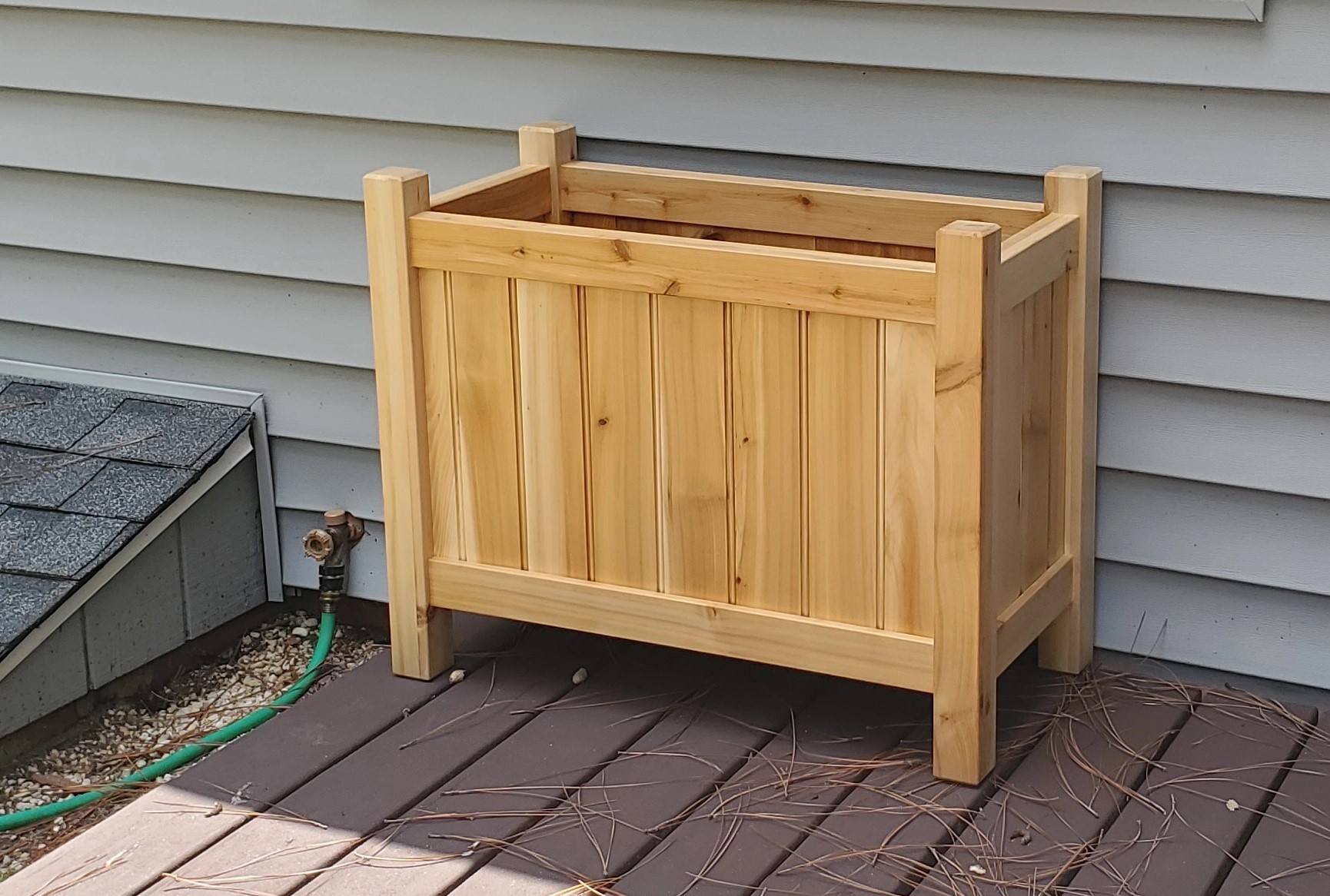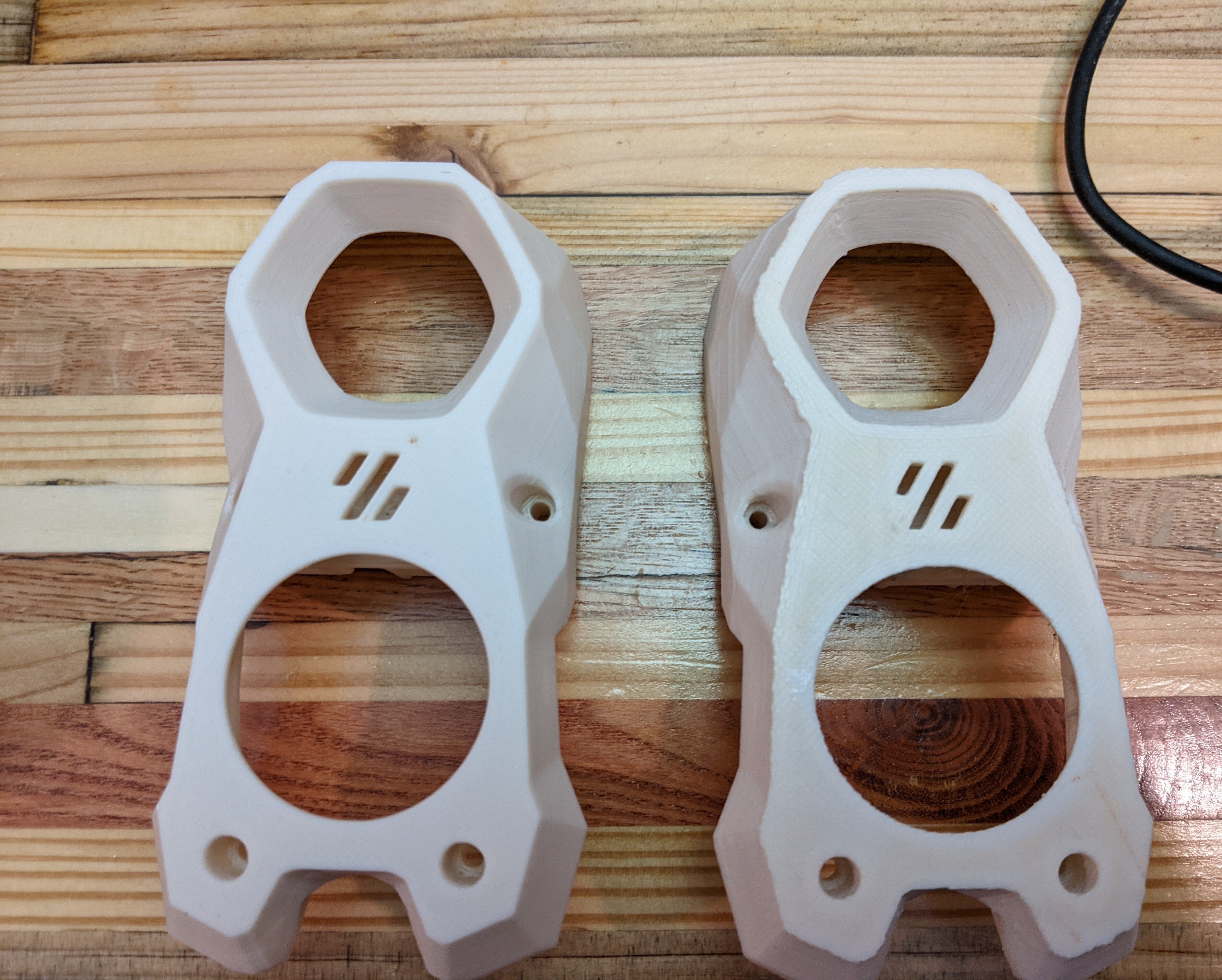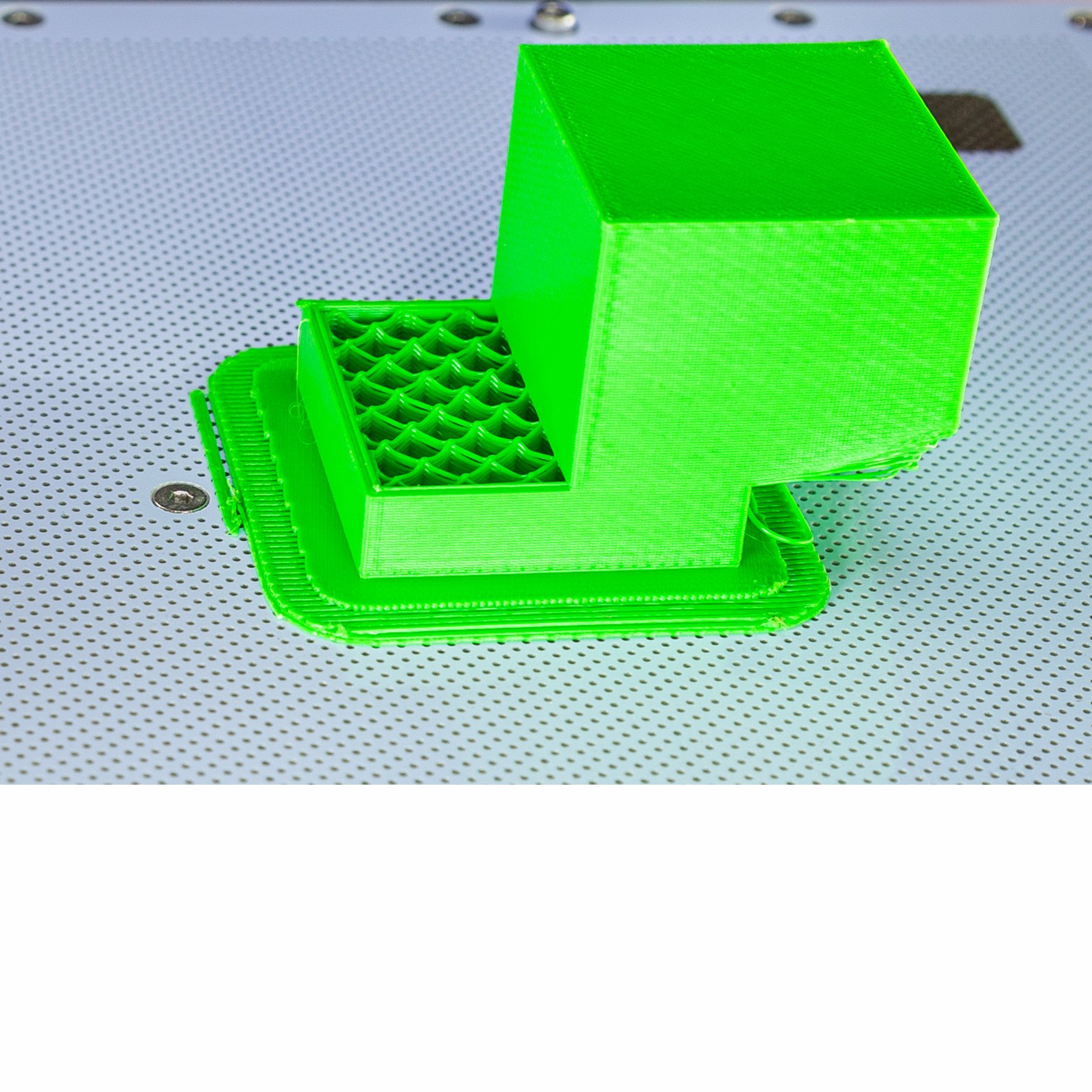

As a parent of younger kids, we’re sorry. We come armed with as many activities as possible and will take our kids outside if they’re too excited until food gets to the table. That will help them focus on eating.
We very rarely went out to eat when they were toddlers due to fear of our kids bothering others and understand that our desire to experience some level of normalcy shouldn’t come at the expense of others.
All that said, if the parents are trying to keep their kids occupied, please extend some grace. Being a parent can be extremely isolating and we’re simply trying to pretend like we still get to do normal things once in a while.









Haha, our kids do go under our table at times but they know not to go under other people’s tables.
I don’t have much tolerance for absentee parenting either, especially if the kids wind up seeking attention from others, by say going under someone else’s table, because they’re not getting enough attention from their own parents.